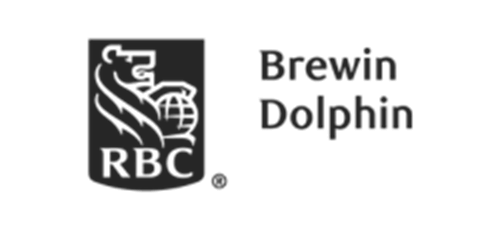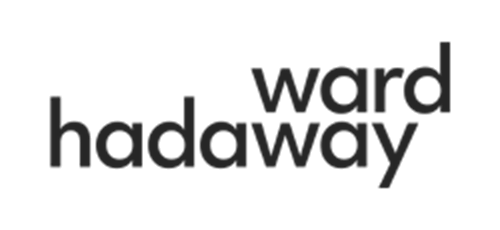Unique Magazines collaborates with Northumbria University to assist Fashion Communication BA(Hons) students with a Fashion Journalism and Photography module.
Magazines are one of the biggest sources of fashion communications, with titles such as Vogue a household name. Magazines are a medium that allow for a combination of drawn art, photography, factual reporting, opinion writing, and much more. They are also a much slower news source, usually published monthly, quarterly or sometimes yearly. This makes it much easier to report on seasonal trends – a very important aspect to fashion. The way magazines communicate information is both important and interesting, especially for Fashion Communication students.
 All images courtesy of Northumbria University, BA (Hons) Fashion Communication
All images courtesy of Northumbria University, BA (Hons) Fashion Communication
An assignment brief for the Fashion Journalism and Photography module asked students to study all aspects of a fashion magazine: the layout, the subjects, and the overall style. Once they had done this, they made their own magazine entry in the style of the magazine they chose. Unique Magazines were asked to provide access to three magazines with a range of subjects and styles for the students: Elle, Fantastic Man, and Oh Comely. Each student chose the magazine they found most interesting, which would influence the direction of their studies for that module.
How do the lecturers choose which magazines to use and recommend to students?
“When we first designed the assignment brief, we wanted to (in a small a number of publications as possible), address the different kinds of students that we perceive that we have,” explains Senior Lecturer Chris Hodge.
This module introduced new magazines to the students, many of whom had their minds changed about what to expect from a fashion publication. “Some of them had their heads turned on the day,” added Julie Bradford, Senior Lecturer.
The three magazines chosen for the module cover a range of styles in fashion publications including celebrity fashion, menswear, and crafty illustration.
By the end of the Fashion Journalism and Photography module, the students had created a double page magazine entry that emulated the style of the magazine they chose. The photography, article, style, and overall direction of their piece had to fit their chosen magazine, down to choosing suitable fonts and colour palettes, so it would look at home in the print publication. “The magazines were central to the whole module which ran for 12 weeks,” explains Julie Bradford.
“I really enjoyed looking at these magazines as I’d never seen these ones before. Being encouraged to buy magazines I wouldn’t usually purchase is great.” – student
The module was received well by students and lecturers stress the importance of the skills it helps develop.
Do magazines help with coursework and general studies?
“Yeah. It’s good to see different magazines to see what is going on in the industry, not just the mainstream magazines like Vogue and Elle, looking at different niche areas or more specific things.” – Student.
For students, reading outside of the mainstream is essential to broadening their view of the subject. Having students see different types of magazine is crucial for this course, especially in an age when young people move online for their content and many are not subscribed to any magazine. One student said that “I’m not a subscriber to any magazine but when something catches my eye, I’m more likely to go and get it”. This is where niche, specialist, and independent magazines can shine. They provide a unique perspective on their subject matter and are often created by passionate fans and people active in the industry, rather than professional writers or publishing houses, a passion which is very easy to pick up from the text.
“We encourage students to get quite niche when doing their own ideas for their own projects,” explains Gayle Cantrell, Senior Lecturer. Independent magazines shine through with their specialist subject matter and studying these alongside major publications allows students to choose the direction of their projects and future work.
 All images courtesy of Northumbria University, BA (Hons) Fashion Communication
All images courtesy of Northumbria University, BA (Hons) Fashion Communication
The trouble with independent magazines is access. Many independent magazines have a much more limited print than their mainstream counterparts. They are also much less known so they can be difficult to find in newsagents and shops. One student said that “I wish I bought more. I don’t have the best access to them. Finding something niche that you want can be difficult, but if you don’t know what you want and wish to browse independent magazines your options are incredibly limited. This is something that Unique Magazines definitely helped us with”.
How do you use magazines personally and as part of your course work?
We asked the students about their attitudes to using magazines as part of this unit and beyond, this is what they had to say.
“I found it really interesting to look at how they designed the whole thing, and how magazines are actually put together. That’s crucial when it comes to now and next year, we’re going to need to
know all of the technical things.”
‘There are extra considerations which make it the way it is meant to be, what they decide to print on, texture, that makes a difference to what you read compared to online. The way you flip the pages.”
“The art is distinct; you sit and properly study it and the brand.”
 All images courtesy of Northumbria University, BA (Hons) Fashion Communication
All images courtesy of Northumbria University, BA (Hons) Fashion Communication
Why print versus digital?
“It’s about getting into a subject properly, lots of students do research online and find an image, but it’s better to see the origin of that.” – Gayle Cantrell, Senior Lecturer.
“In a magazine you find things you wouldn’t even know you are interested in, whereas online you just go straight for what you know.” – Julie Bradford, Senior Lecturer.
Senior Lecturer.
“As someone who has always loved fashion and photography, I always bought expensive magazines to buy into fashion. It’s an entry point to fashion, it is a fashion product, an extension of the brands. The reason we do the project is the creative method. To get the students to be familiar with photography, journalistic interview writing, and graphic layout. It’s a skill building exercise, very linked into the professional industry and helps employability. Magazines can aid with the studies of students in many situations. Studying the magazine itself can prove insightful, but the information they are able to deliver make them a versatile medium that everyone can enjoy and learn from, no matter the subject of their study.” – Chris Hodge, Senior Lecturer.
Unique Magazines offers a range of magazines and publications, including independent titles and niche subject areas. We can help to recommend the best magazines for your institution based on the courses that you offer.







